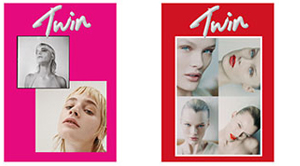SCENES FROM PARIS FASHION WEEK’S MOST ANTICIPATED SHOW
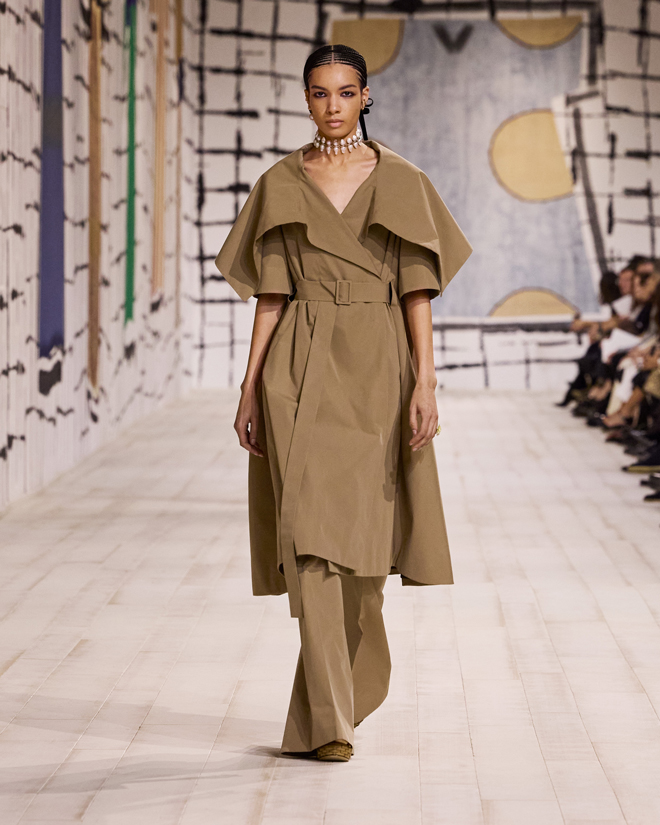
Artist Isabella Ducrot’s installation, Big Aura, adorned the walls of the room hosting the presentation of the Dior haute couture collections in the Rodin Museum gardens. For the set design of this Dior haute couture spring-summer 2024 show, twenty-three oversized dresses up to five metres high created a composition reminiscent of weft and warp. Designed to echo the dresses of Ottoman sultans studied by Isabella Ducrot, here she hones in on an abstract symbolization of the garment and revisits details of dresses from the Dior archives to recreate contemporary looks.
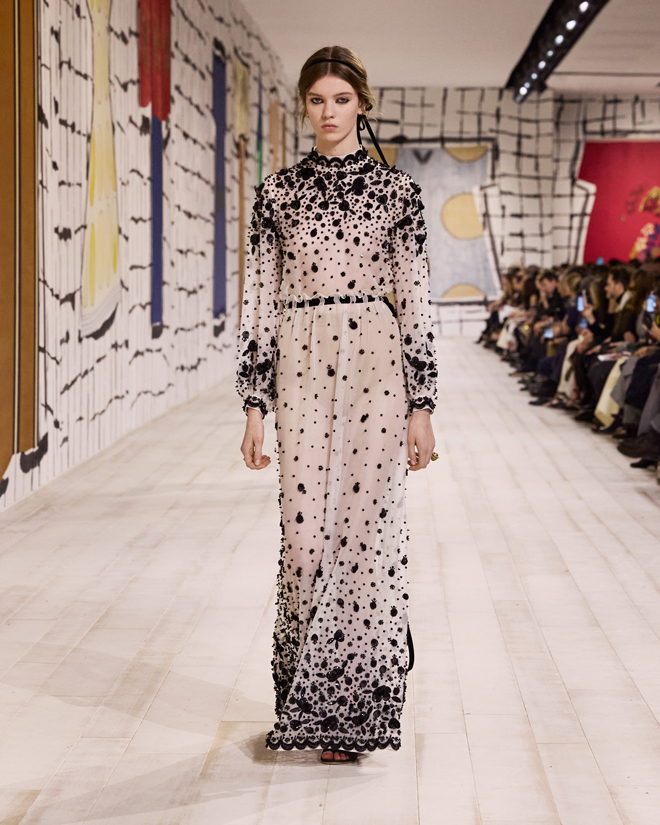
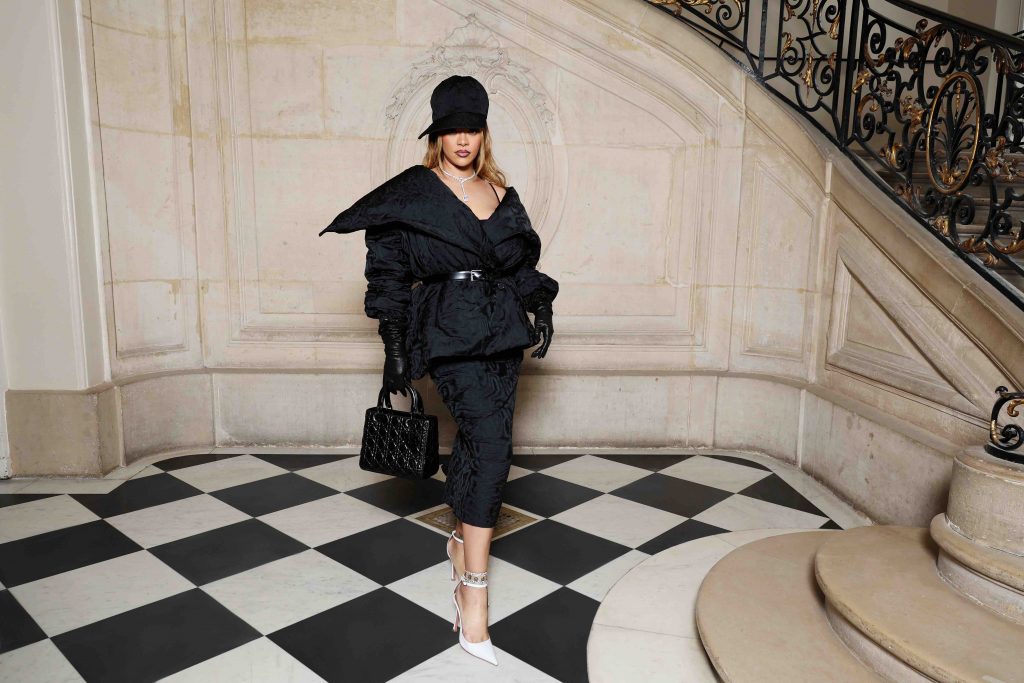
The Dior concept is woven together across artforms that encompass Ducrot’s detailed vision for the environment, and even a poem:
Rag or brocade
every women textile thus results
from this enforced embrace, a grand design that only human minds are meant to grasp and execute; and thus a marriage that could not in nature ever find its place.
Take the spider, poor thing. It dupes.
The spider doesn’t weave; the spider glues.
- extract from TO WEAVE IS HUMAN for Isabella Ducrot by Patrizia Cavalli – 2008.
A stalwart in the world of textile research and art, Ducrot is also a collector with her own extensive archive of rare textiles amassed over her long and distinguised career. Born in Naples in 1931, she travelled extensively and as such brings her unique eye on fabric to this runway. In 2002 at a lecture in Naples, she described, “my creative work goes hand in hand with the search for new fabric uses. Its aesthetic qualities continue to inspire me, as does its historical importance within human civilization. I have dedicated my work to textiles. ”
Dior note on the design, “the use of this particular, intentionally irregular and imperfect square pattern, obtained using the ancient artisanal technique of block printing, bears the artist’s signature of sorts. She often uses this type of geometric pattern not only for aesthetic purposes, for the simple pleasure of getting lost in the weave of vertical and horizontal lines, but also with the political intention of honoring the checkered fabric, considered lowly in the history of Western fashion, mainly used and worn as it was by workers, such as farmers, pruners and masons, doing manual labor outdoors.”
The elevated silouettes and crafted detail of the materials both on the runway and embedded in Ducrot’s design did not disappoint.

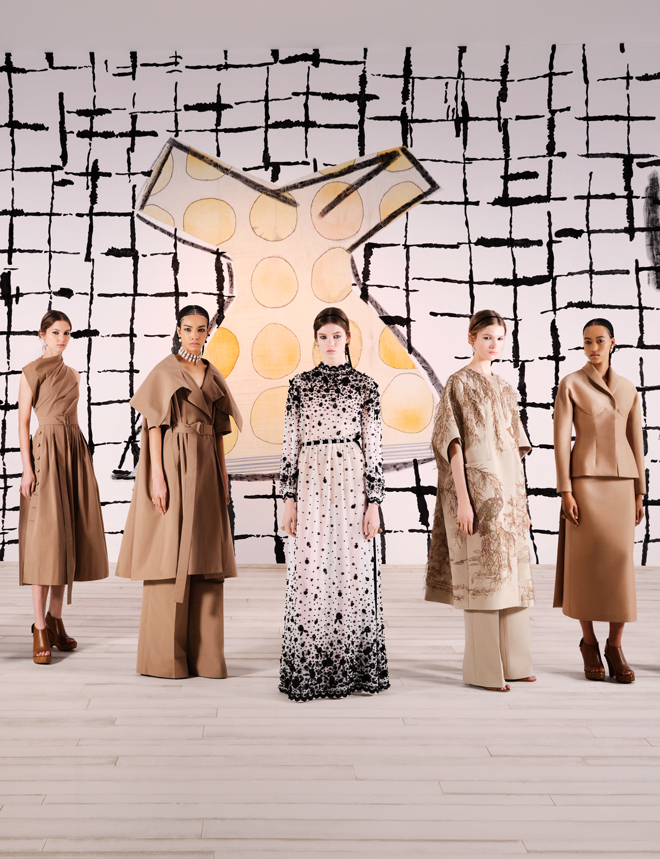
 PREVIOUS
PREVIOUS
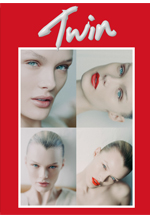
 Twitter
Twitter
 Tumblr
Tumblr
 YouTube
YouTube
 Facebook
Facebook
 Instagram
Instagram
